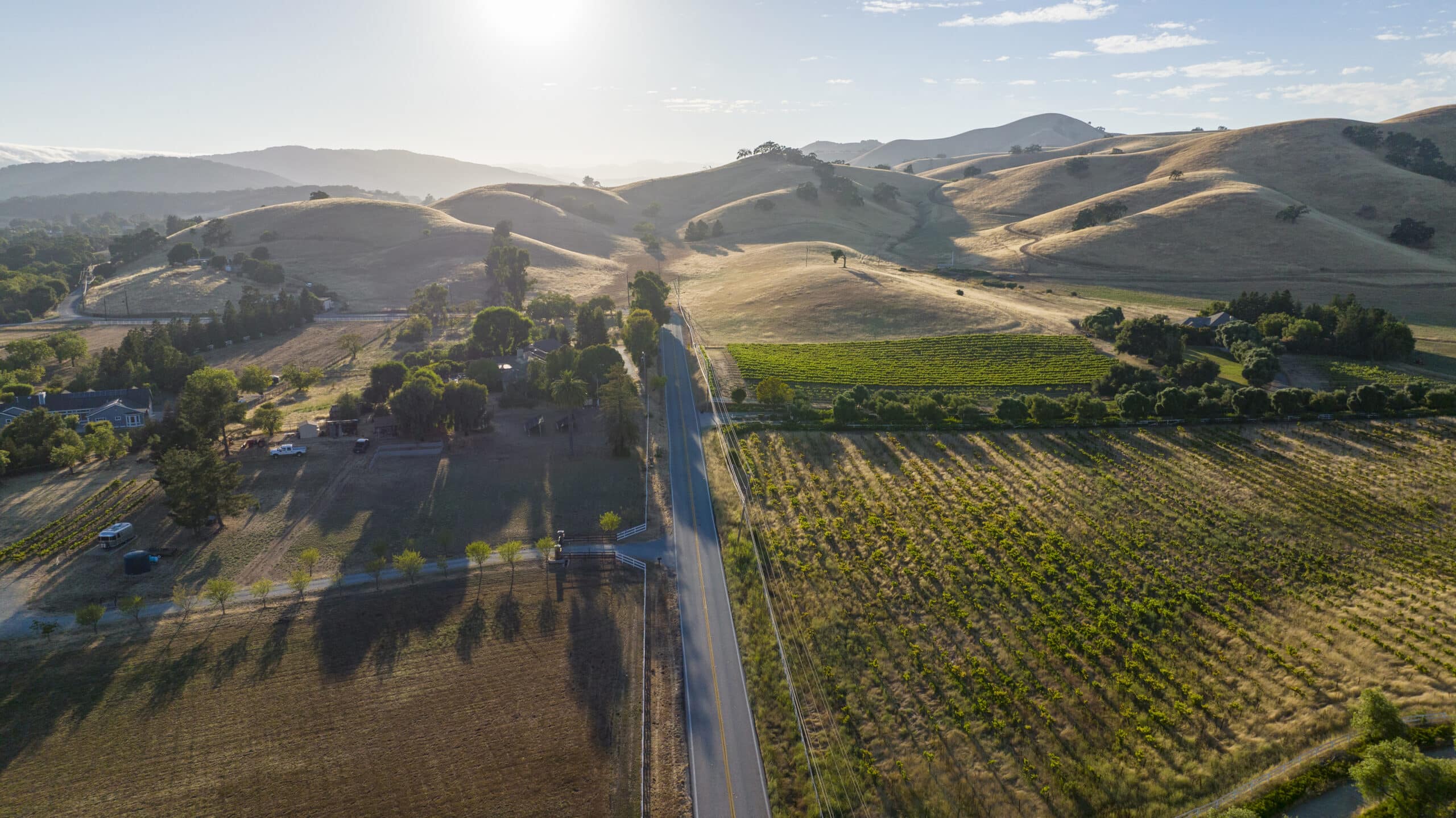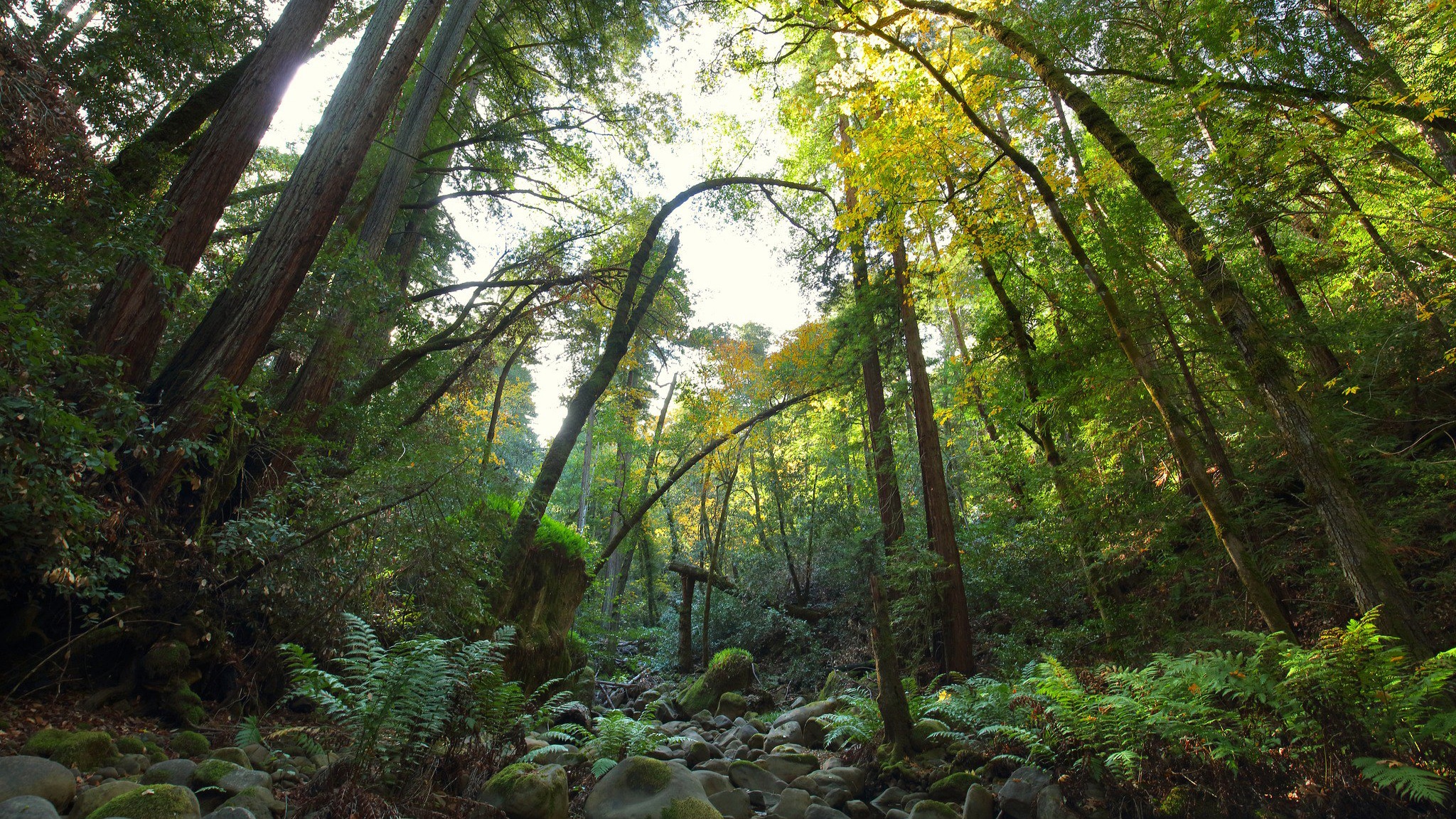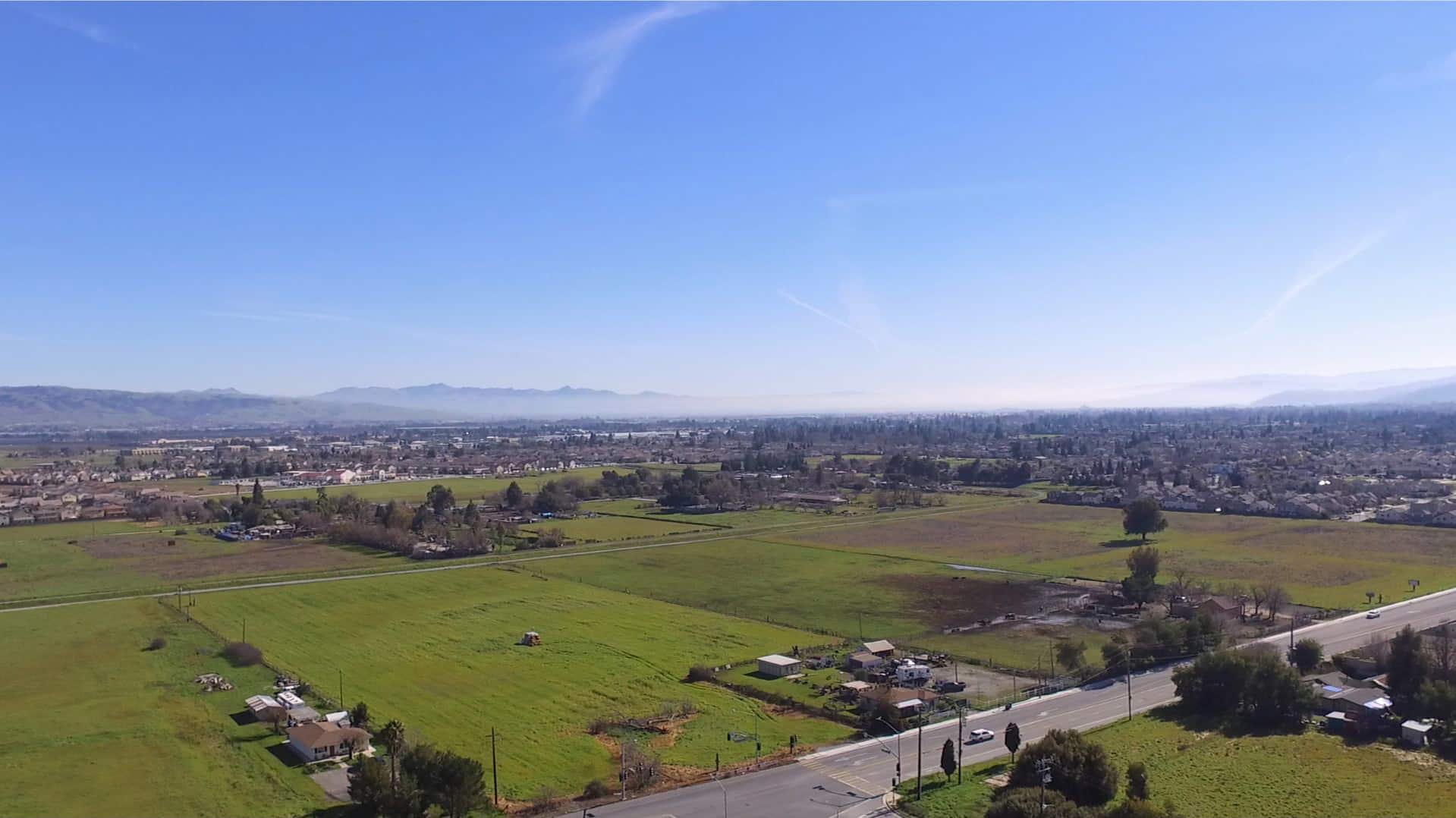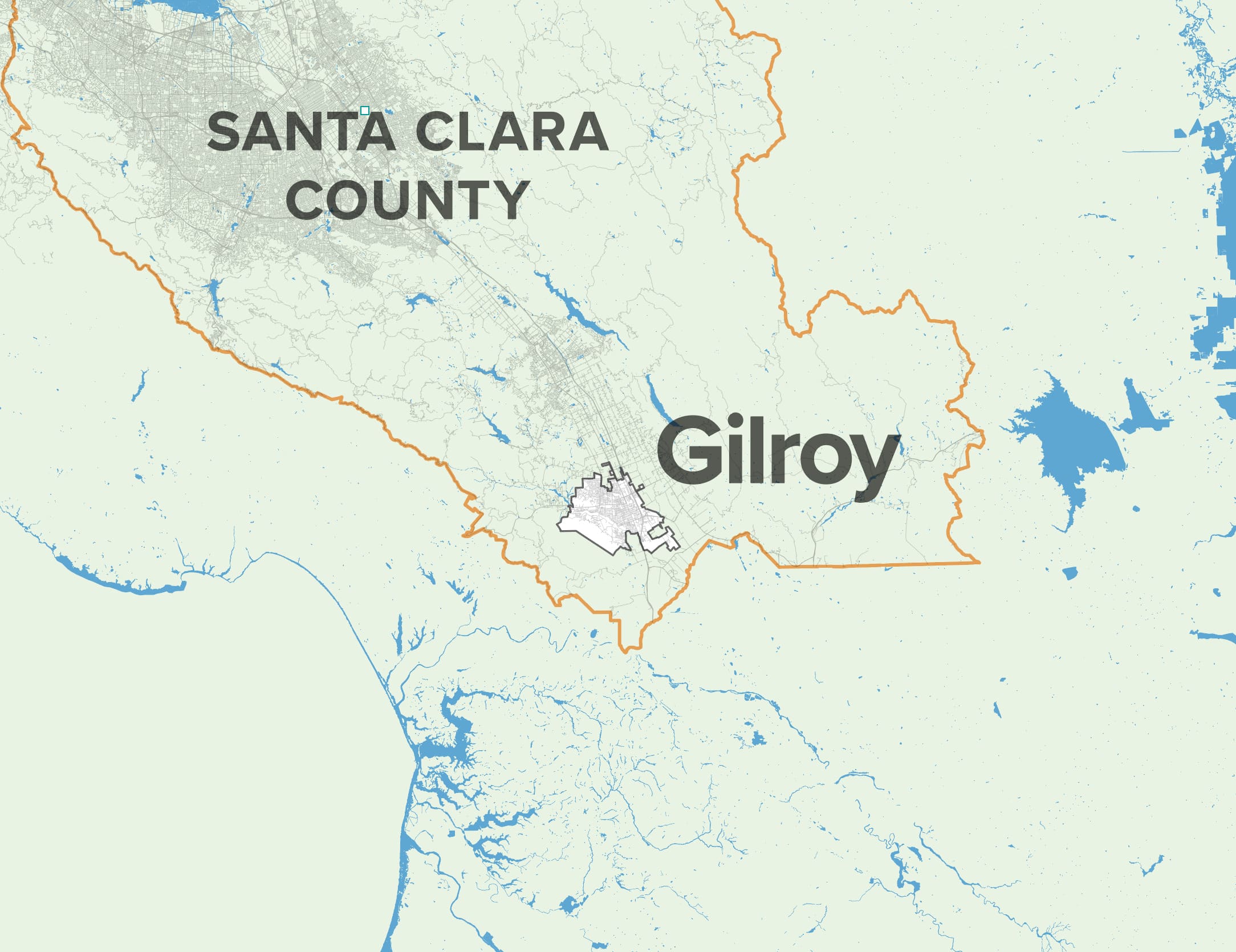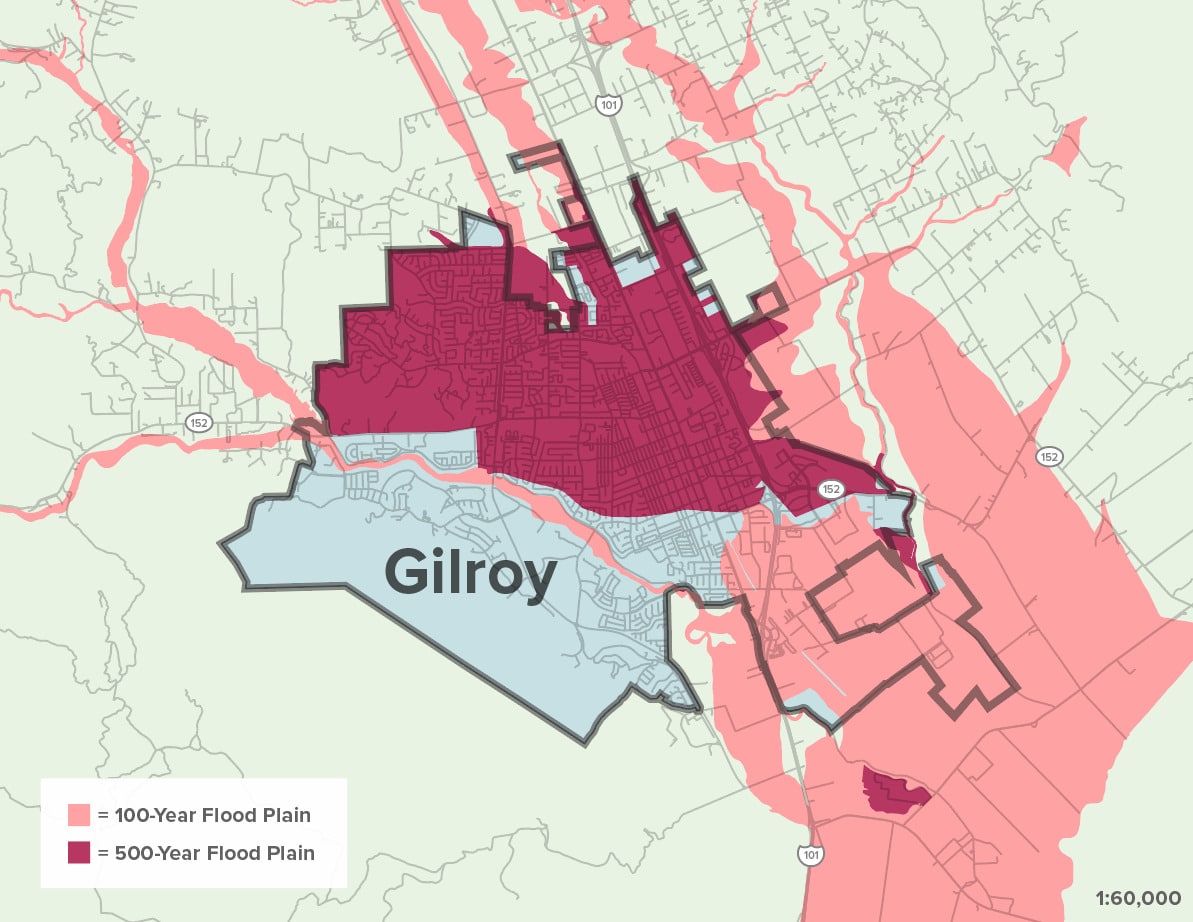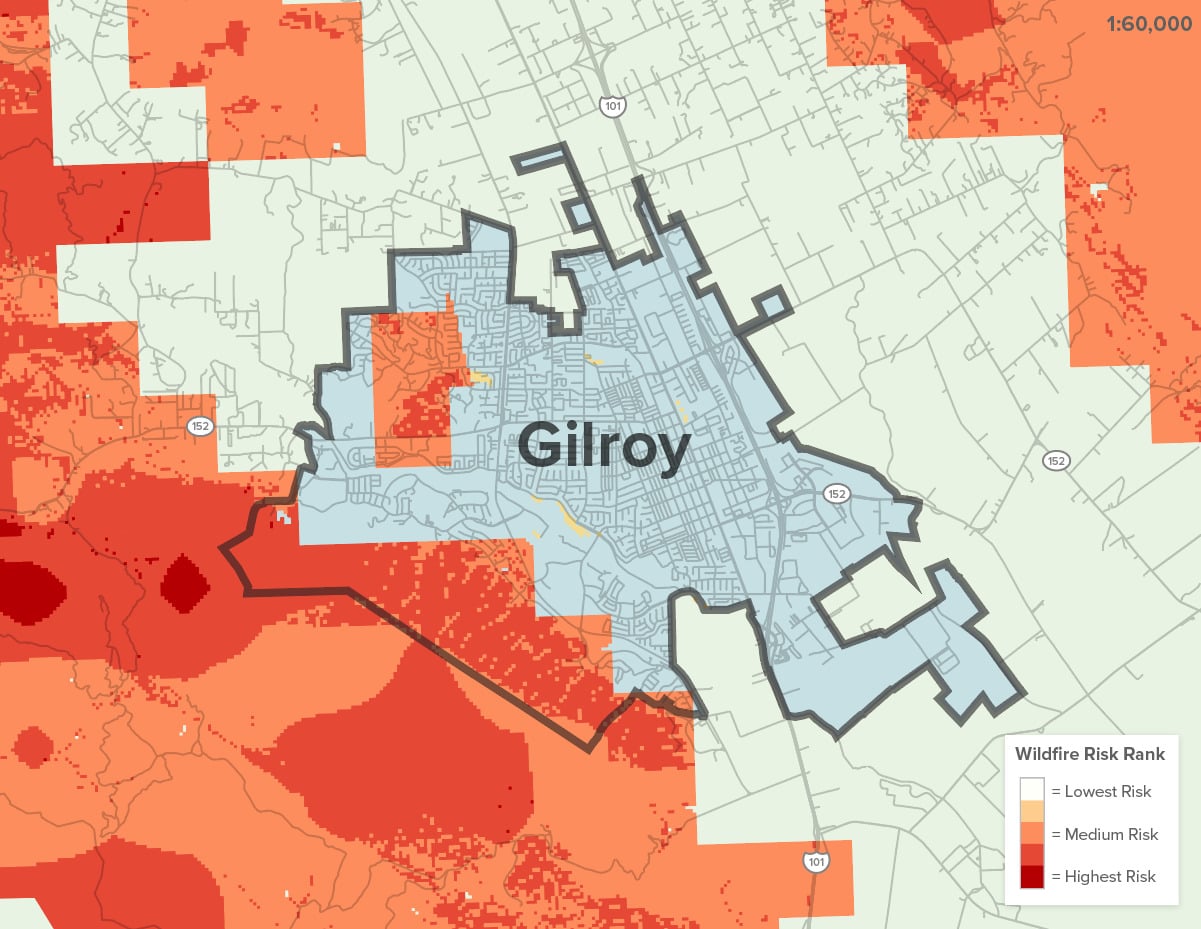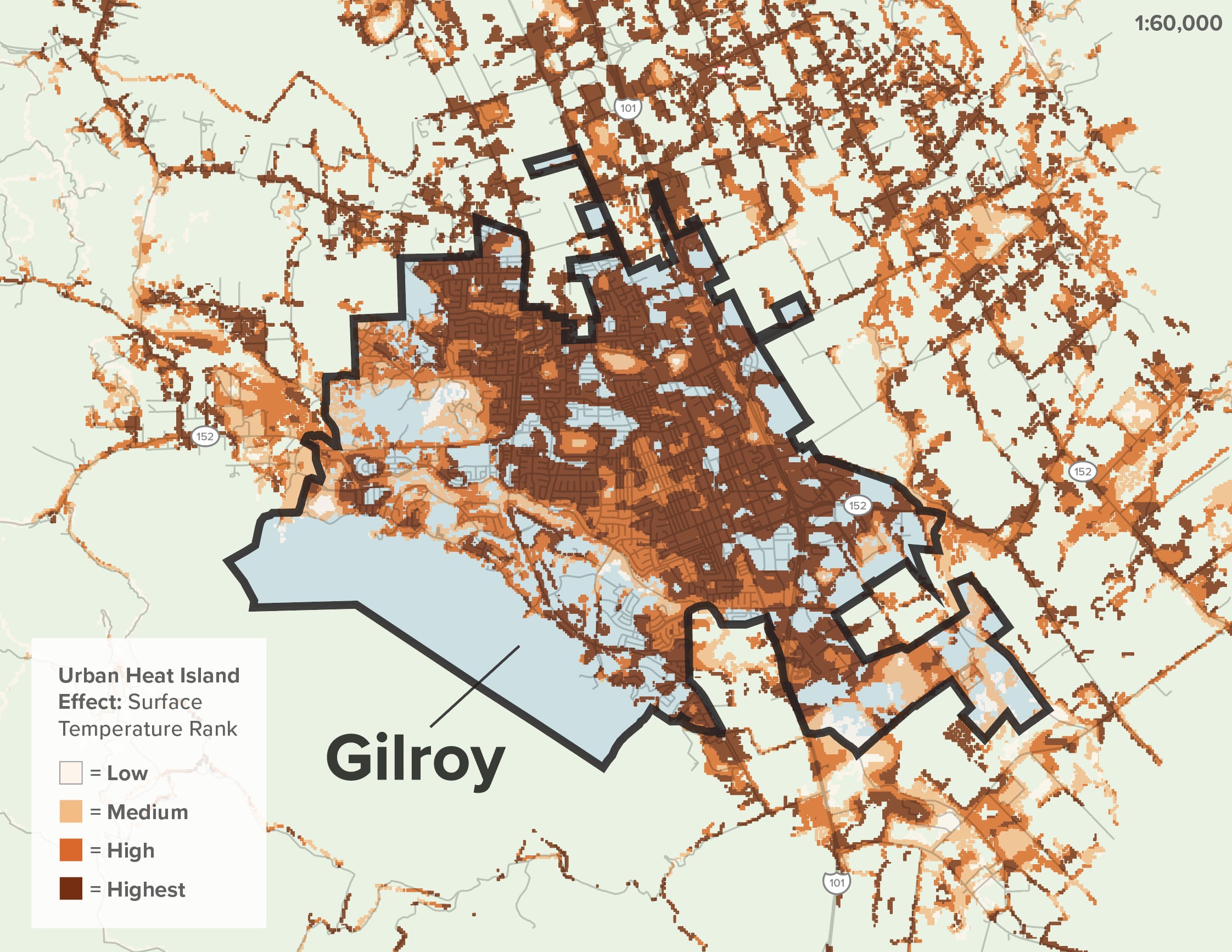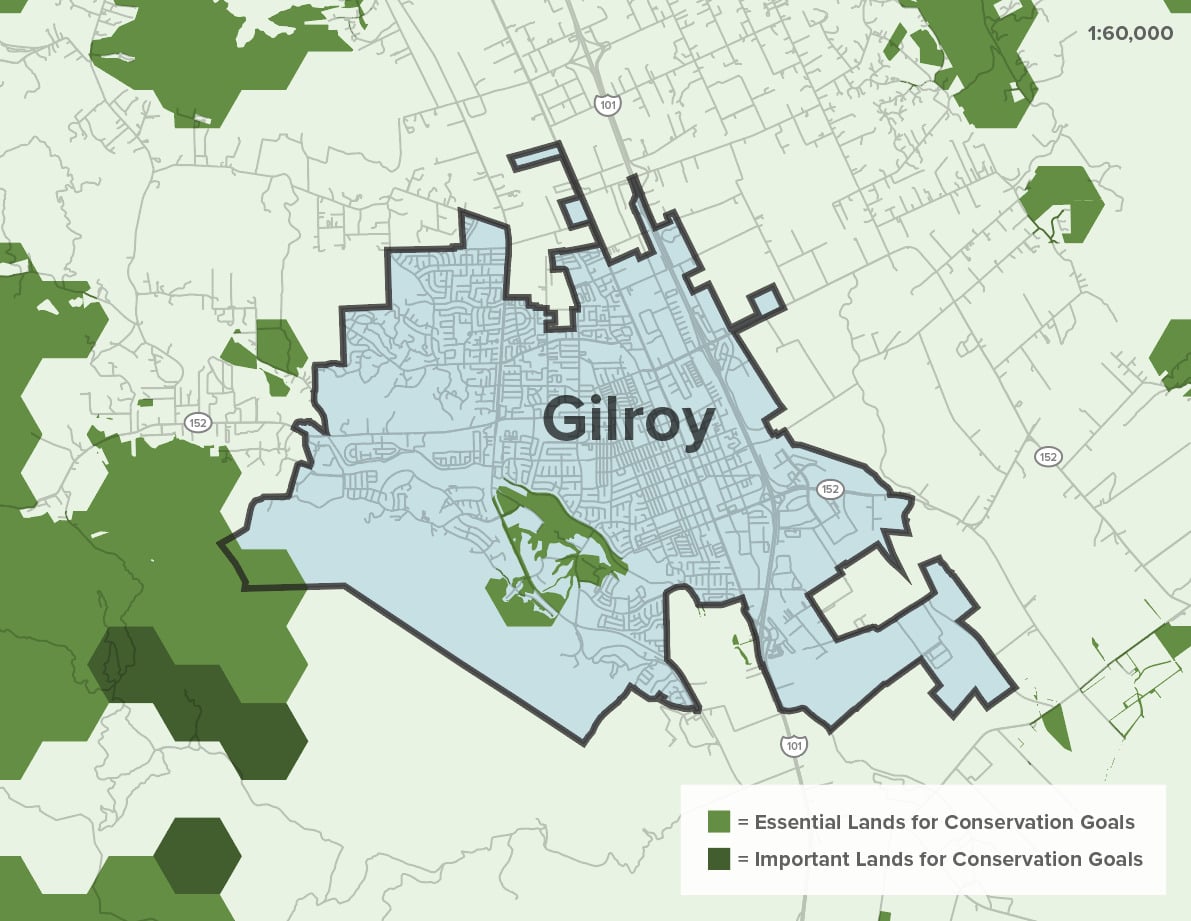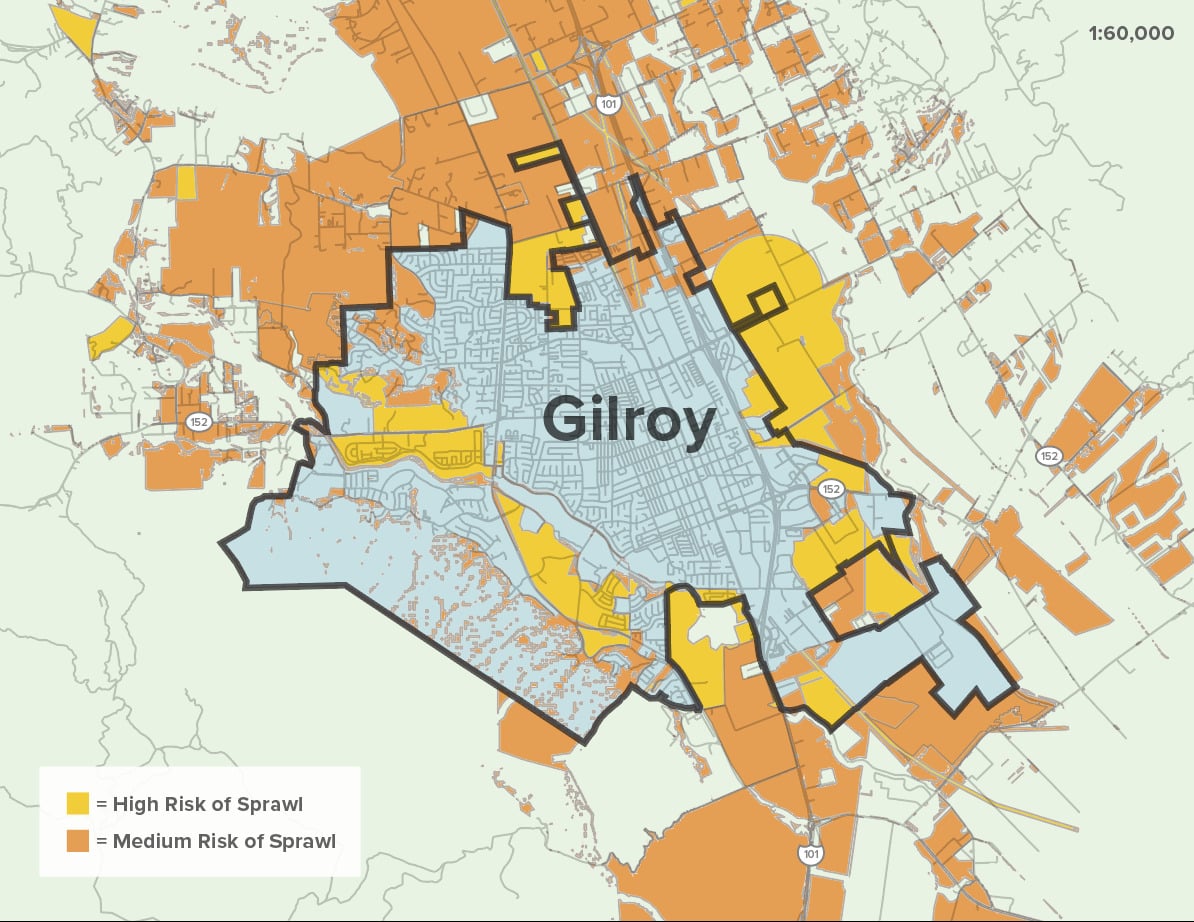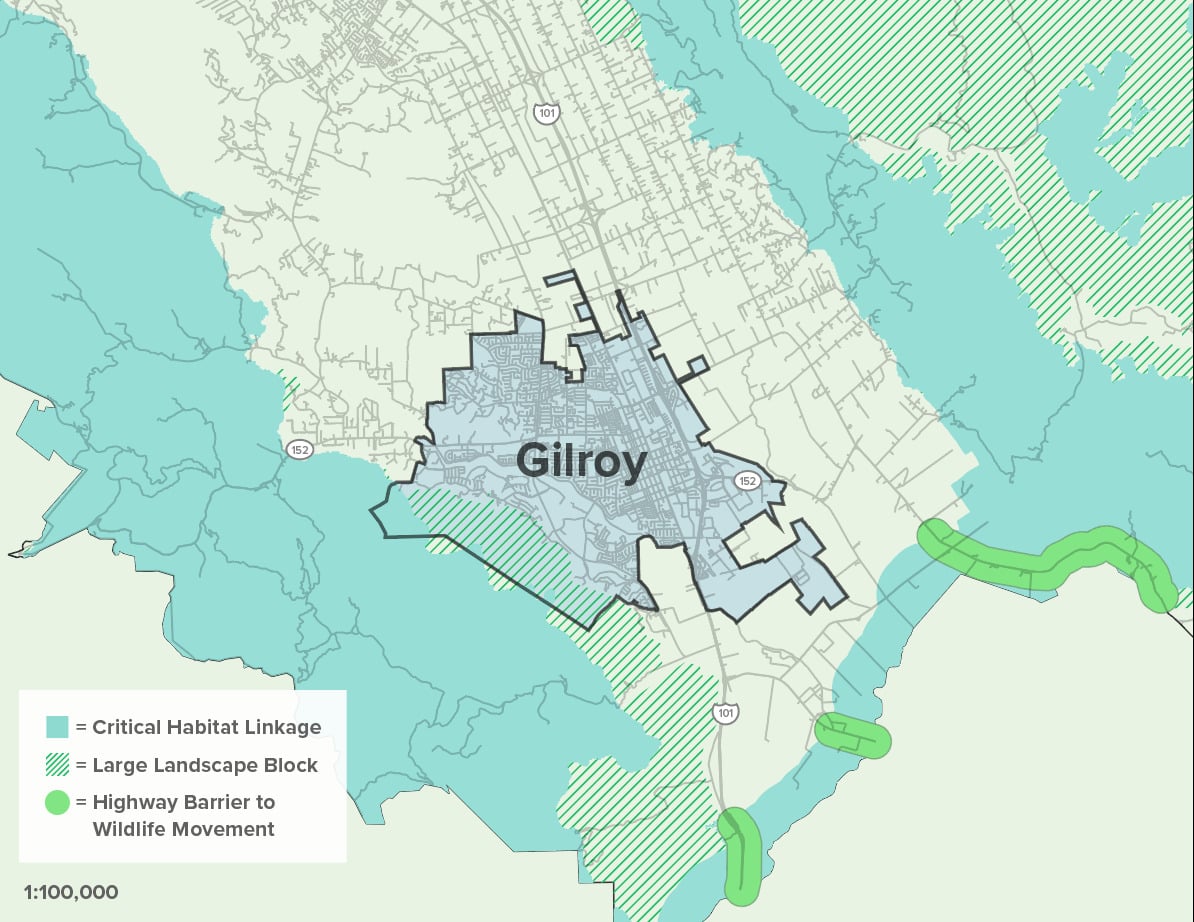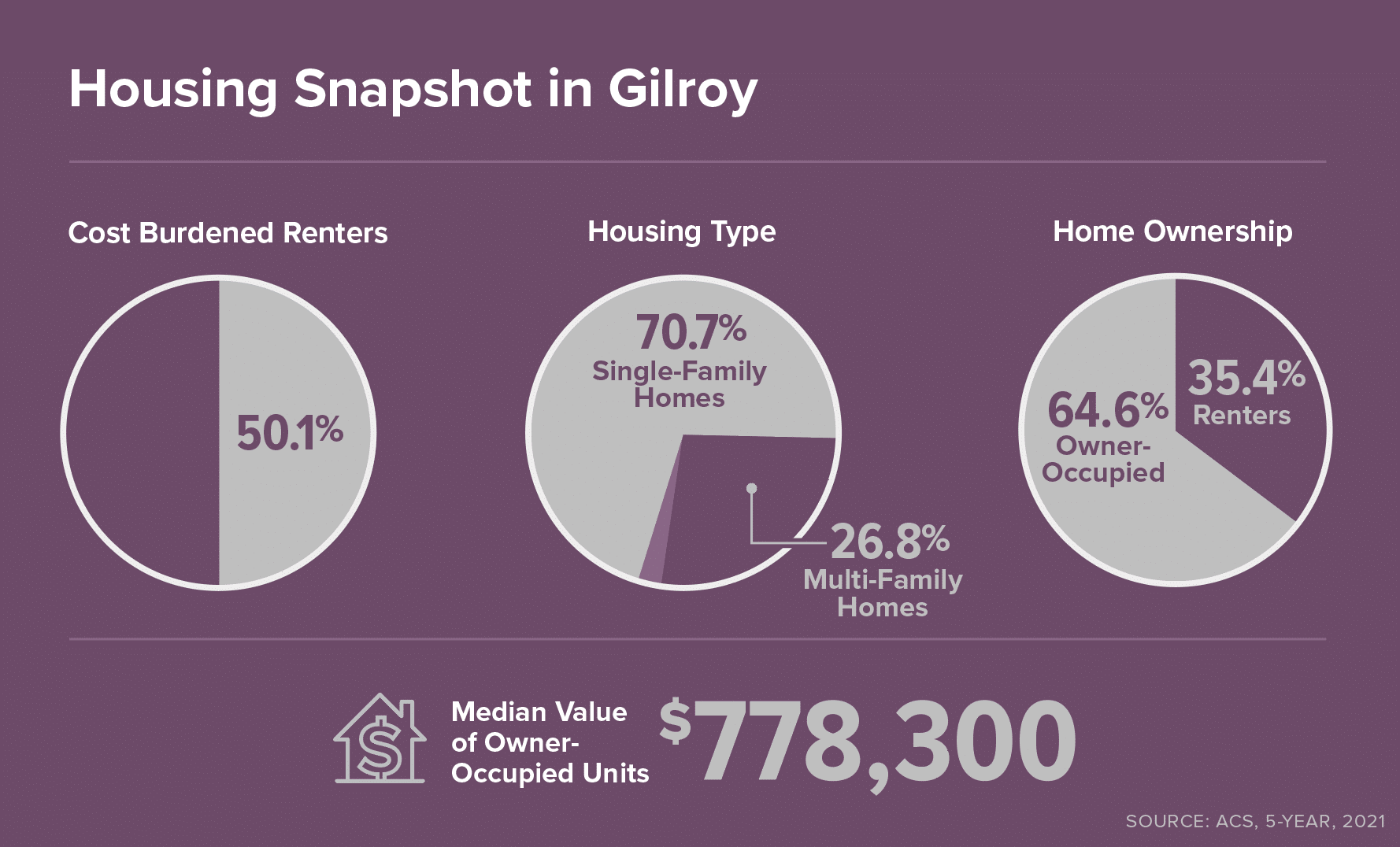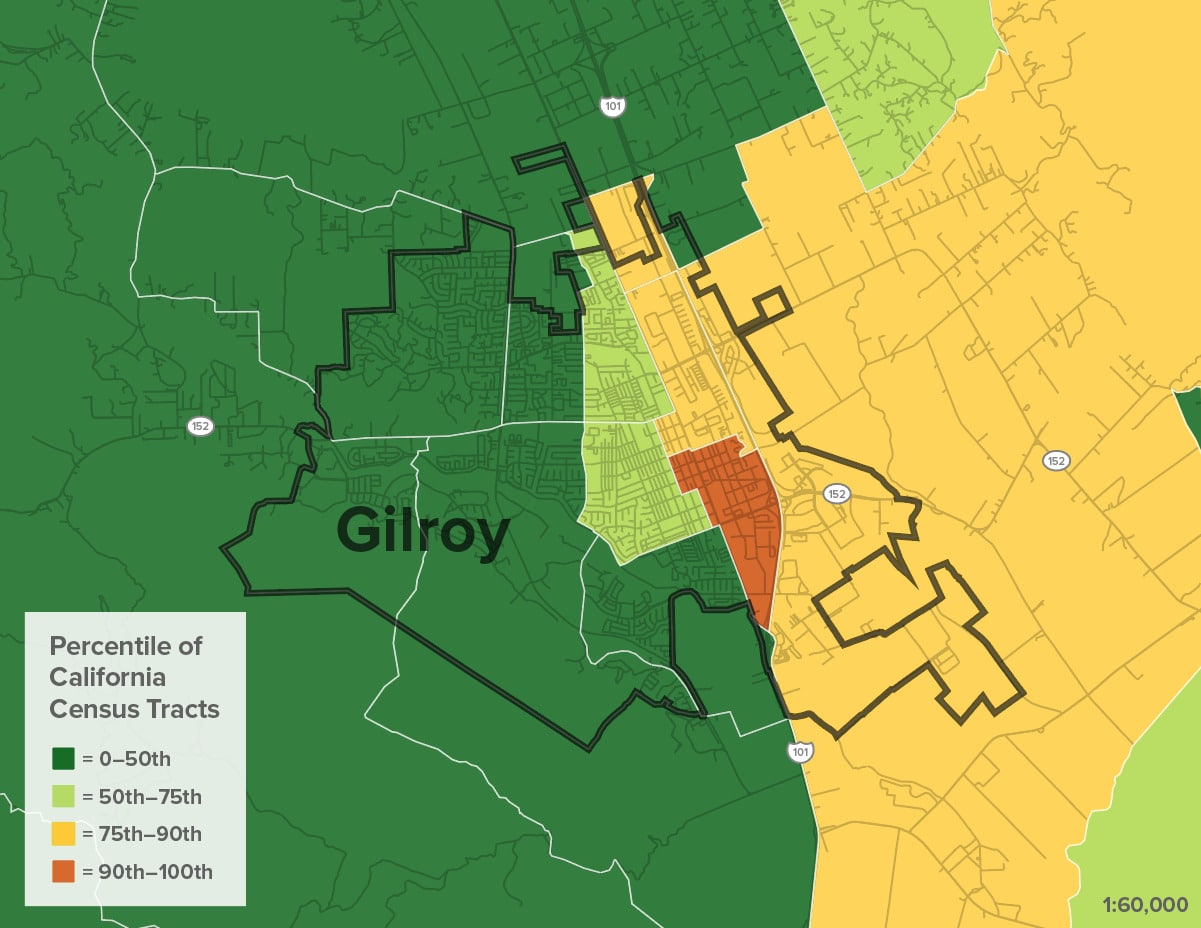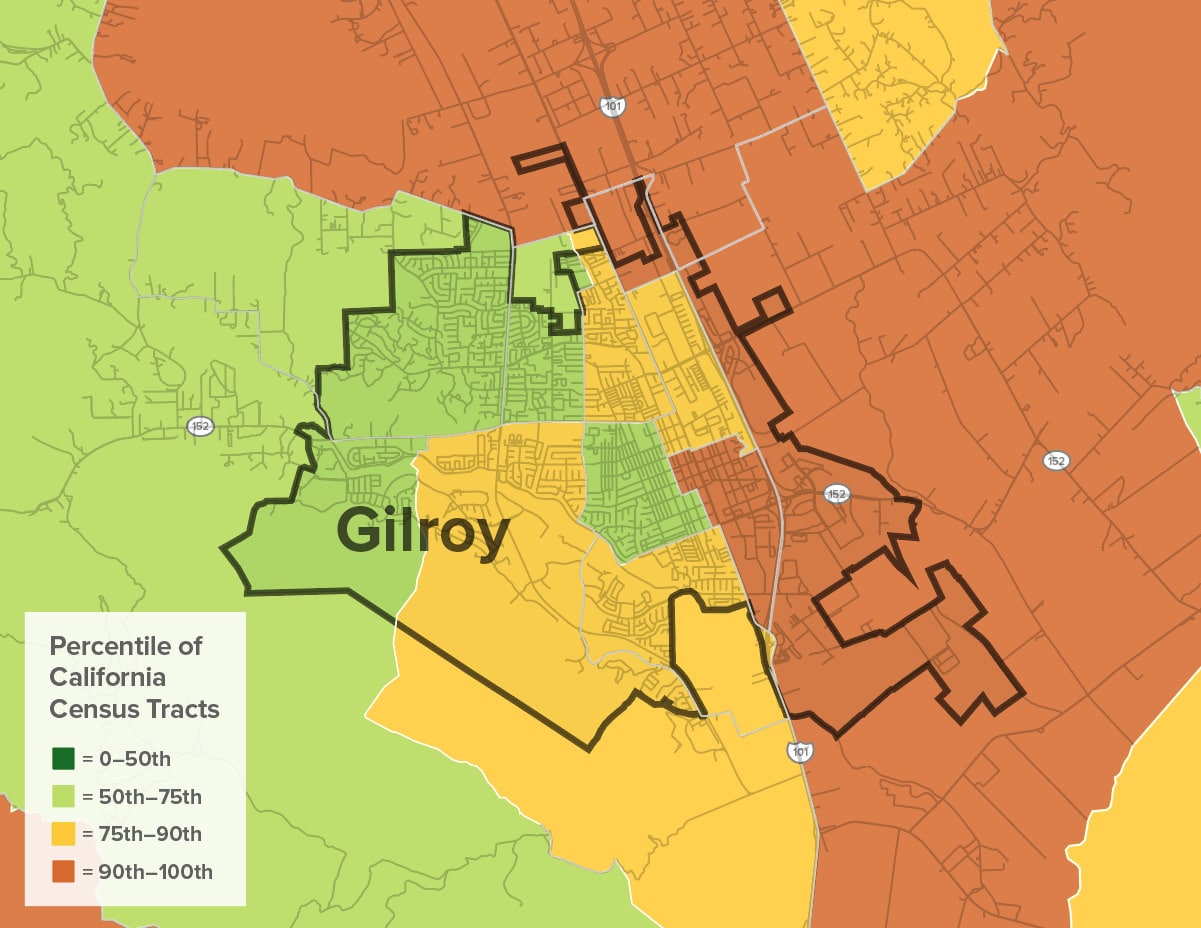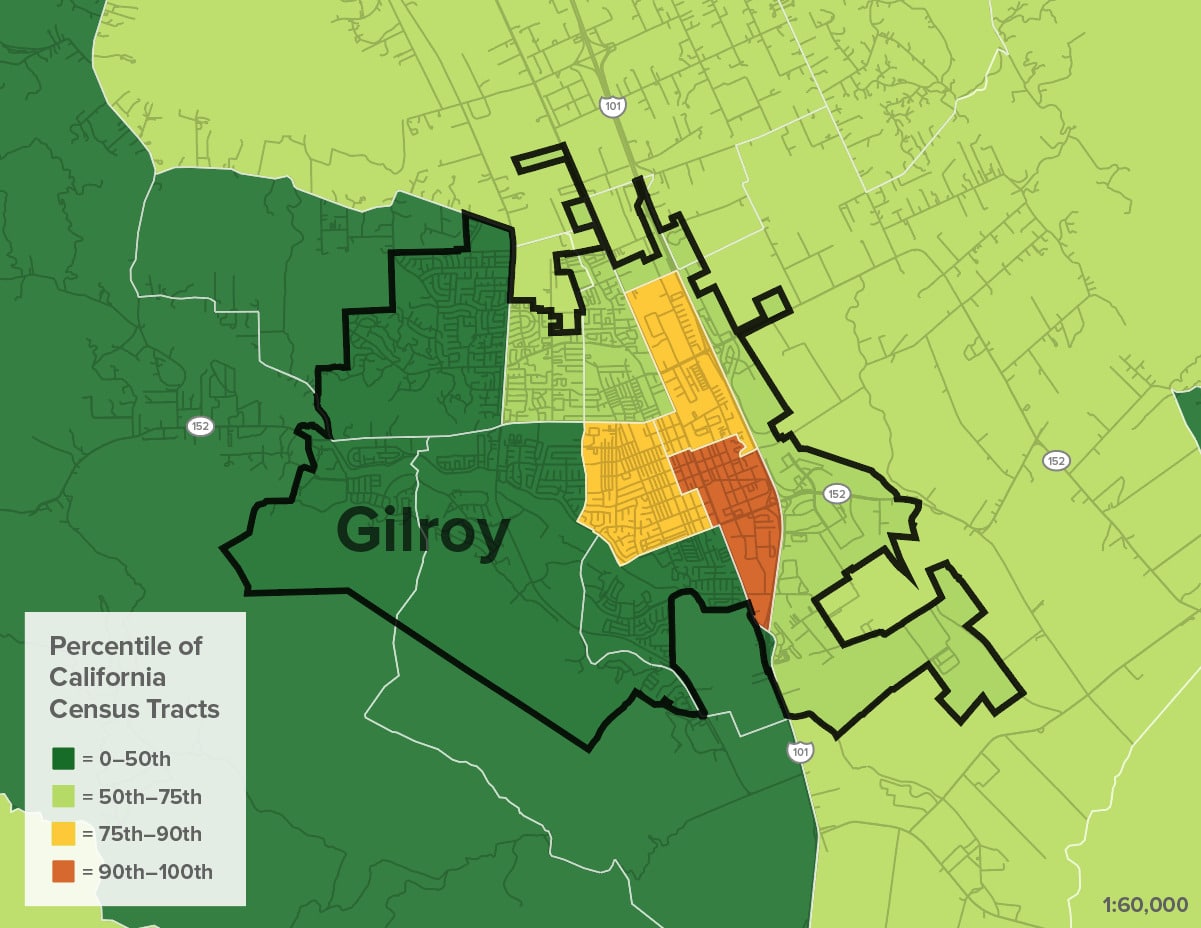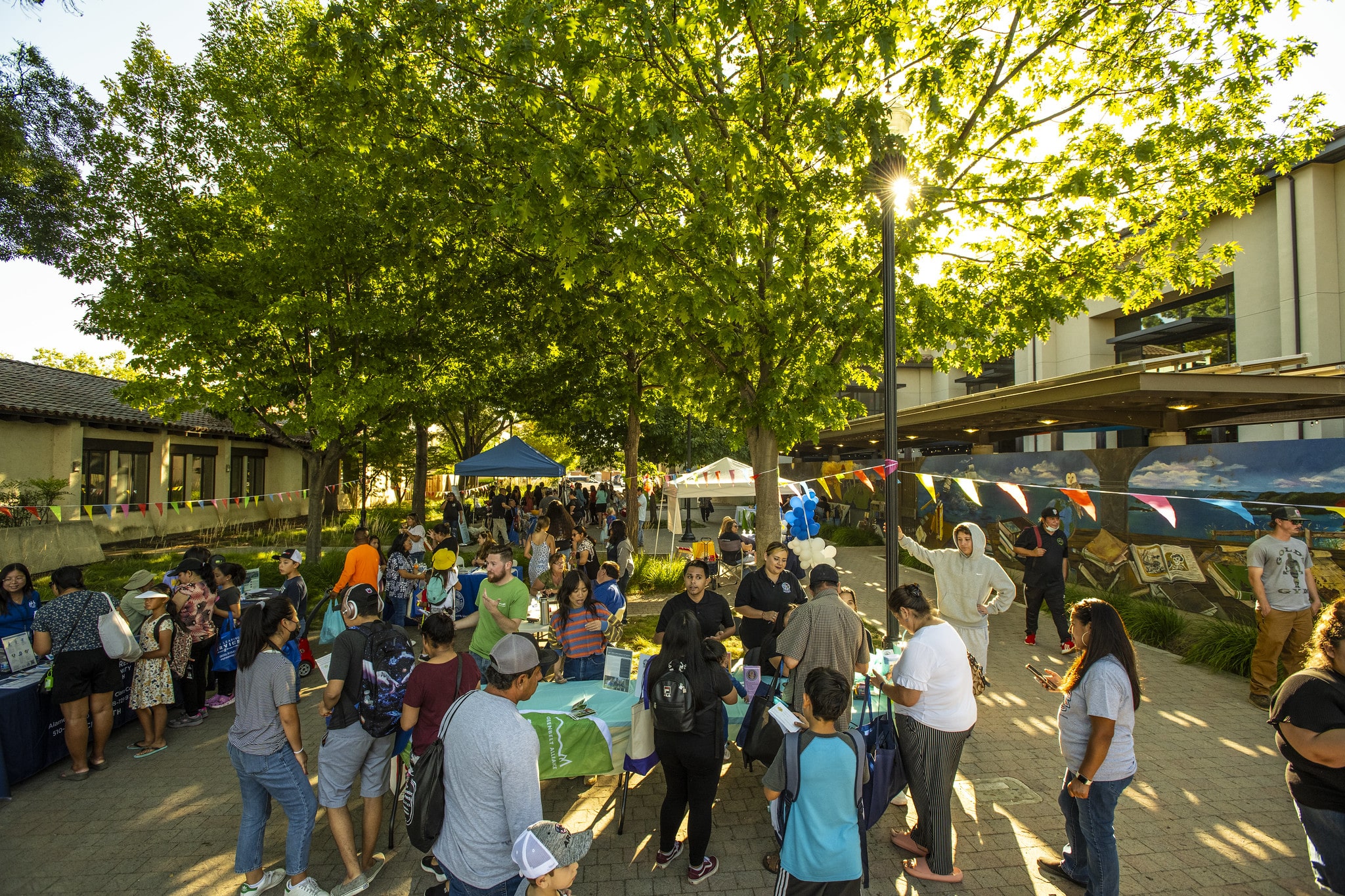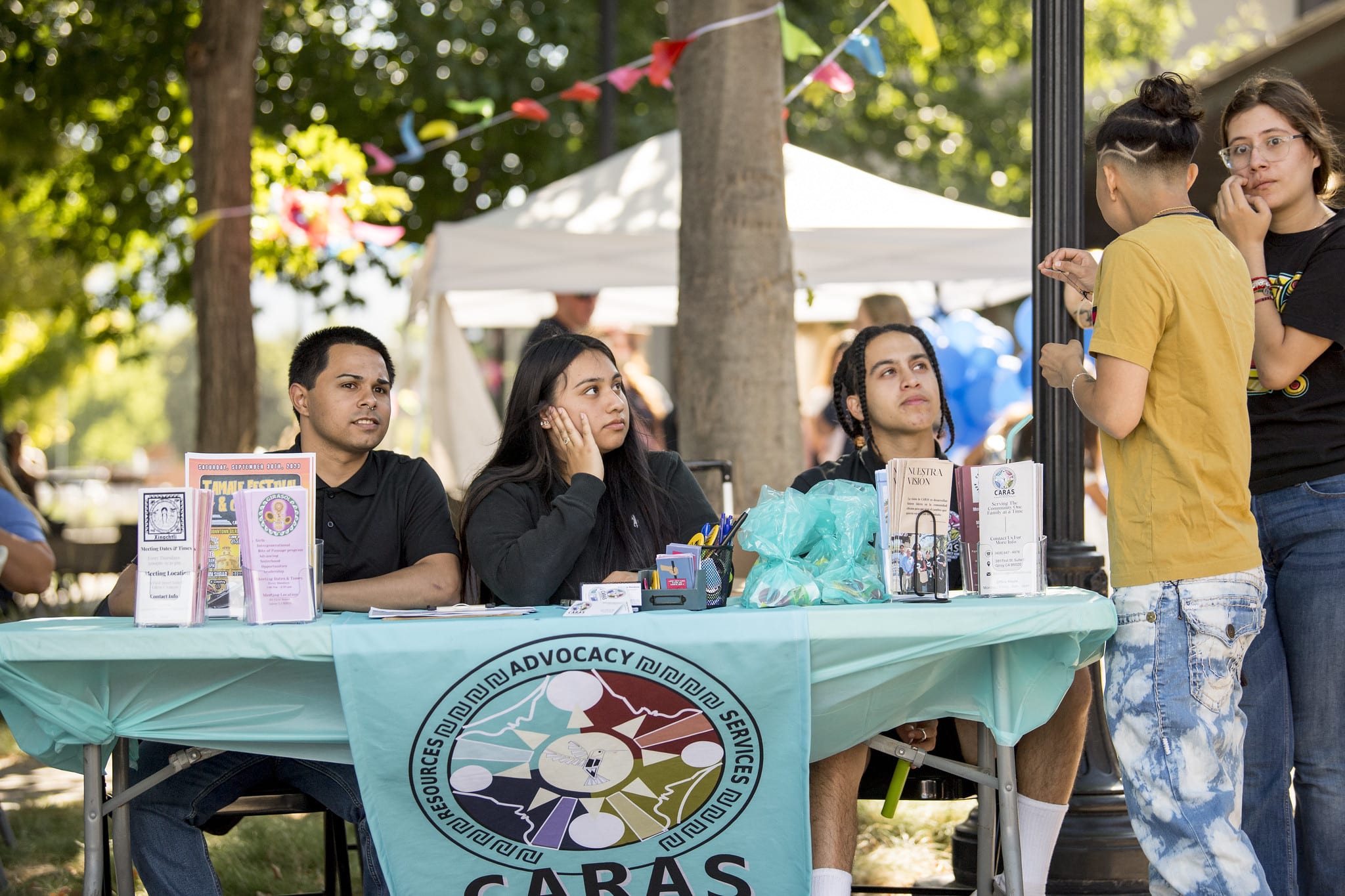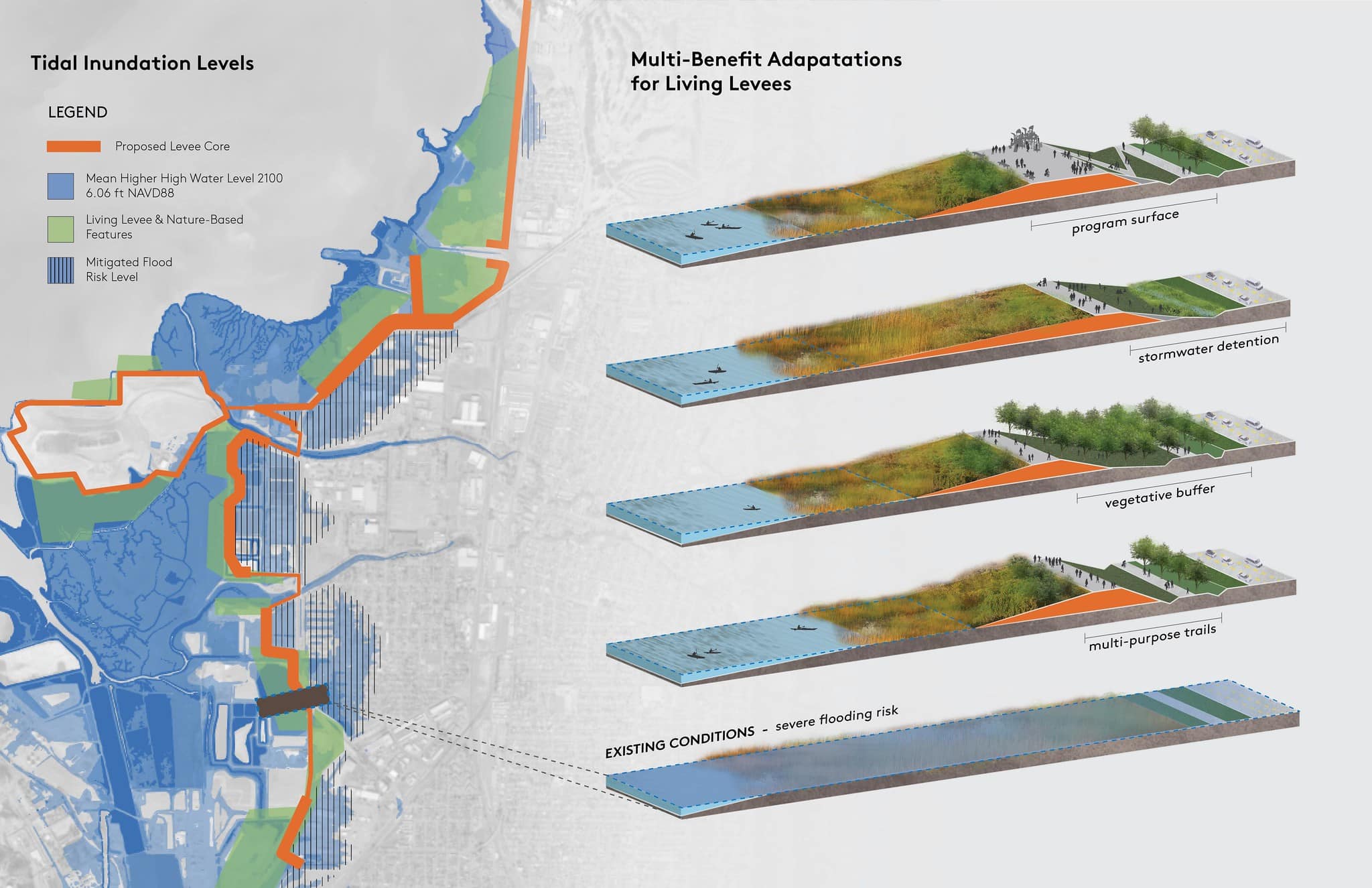Climate Vulnerabilities
Topics
Gilroy has struggled with flooding due to its Valley location and confluence of rivers for decades. But climate change has made storms more severe and decades of development have increased run-off—together resulting in disastrous floods such as the ones Gilroy experienced in January 2023 when Highway 101 was shut down for days. On top of flooding, Gilroy experiences some of the highest extreme heat risk in the county, and nearly 30% of the city is in a wildfire zone, presenting direct risk to residents and property and indirect impacts as a result of smoke and shocks to the region’s agriculture industry.
Flooding
Almost the entirety of Gilroy is in a FEMA 100-year or 500-year flood zone, and recurrent flood events—particularly concentrated in south Gilroy’s lower income areas—cause physical, social, and economic damage to the city’s assets and communities.
Flood Risk
Gilroy’s valley is at the convergence point for multiple watersheds and creeks that have experienced repetitive flood events as a result of heavy rainfall.
Climate change will result in more frequent and more severe storm events. Many properties are bound to be impacted within the 500-year flood zone.
Map Citations:
Federal Emergency Management Agency (FEMA). 2009. “National Flood Hazard Layer: Santa Clara County.” Accessed July 6, 2023.
https://hazards-fema.maps.arcgis.com/apps/webappviewer/index.html?id=8b0adb51996444d4879338b5529aa9cd.
Wildfire
Approximately 28% of Gilroy is ranked as a moderate, high, or very high fire hazard. Areas immediately outside of the city limits, especially on the western and southern sides, are highly vulnerable to wildfire as well.
Wildfire Risk
Gilroy’s close proximity to the Santa Cruz Mountains and Diablo Range exposes the city to high direct and indirect wildfire danger. Multiple fires (Hummingbird, 2008; Bally, 2017; Crews, 2020) in Gilroy over the past decade have forced evacuations, destroyed homes and businesses, and exposed residents and outdoor workers to harmful smoke impacts. Even when fires haven’t resulted in direct physical damage to structures or displacement of residents, the fires have had grave impacts on the farmworker community who lack the employment protections necessary to allow them to retreat from the fields on days when air quality is poor as a result of wildfire smoke.
Citation:
Greenbelt Alliance. 2022. “Hotspots Fire Map.”
Extreme Heat
Gilroy’s lack of green space and tree canopy, in addition to poor housing conditions and existing public health issues, contribute to some of the most critical heat issues in Santa Clara County.
Gilroy’s impermeable surfaces and lack of tree cover exacerbate extreme heat by creating an urban Heat Island effect that makes the area dangerously warmer than the surrounding countryside, worsening health outcomes. Roughly 42% of Gilroy residents cannot access a park within a 10-minute walk (TPL), which is a concern not only during heat events, but also for the long-term mental and physical well-being of Gilroy youth and families.
Temperatures often reach past 100 degrees in the summer, and Gilroy has seen heat records shattered multiple times in the past decade.
As with wildfire smoke, extreme heat disproportionately affects low-income communities and people of color as a result of their specific working conditions and their lack of access to amenities like air conditioning and local heat refuges.
Extreme Heat
Heat events are one of the deadliest climate hazards. Small children, the elderly, people with certain chronic diseases, low-income populations, and outdoor workers are at higher risk of heat-related illness (CDC).
In Santa Clara County, there were 150 heat days between 2009 – 2018, and 2,610 ER visits due to extreme heat in Gilroy alone. This averages to 261 visits per year for heat-related illnesses in Gilroy.
Map Citations:
UC Berkeley Urban Heat Island Effect Map. 2010. “2010 Surface Temperature: Regional Quintile”
Social Vulnerabilities
Gilroy’s multiple climate hazards will disproportionately impact the city’s low-income, cost-burdened, and Latinx communities.
Intersecting Vulnerabilities
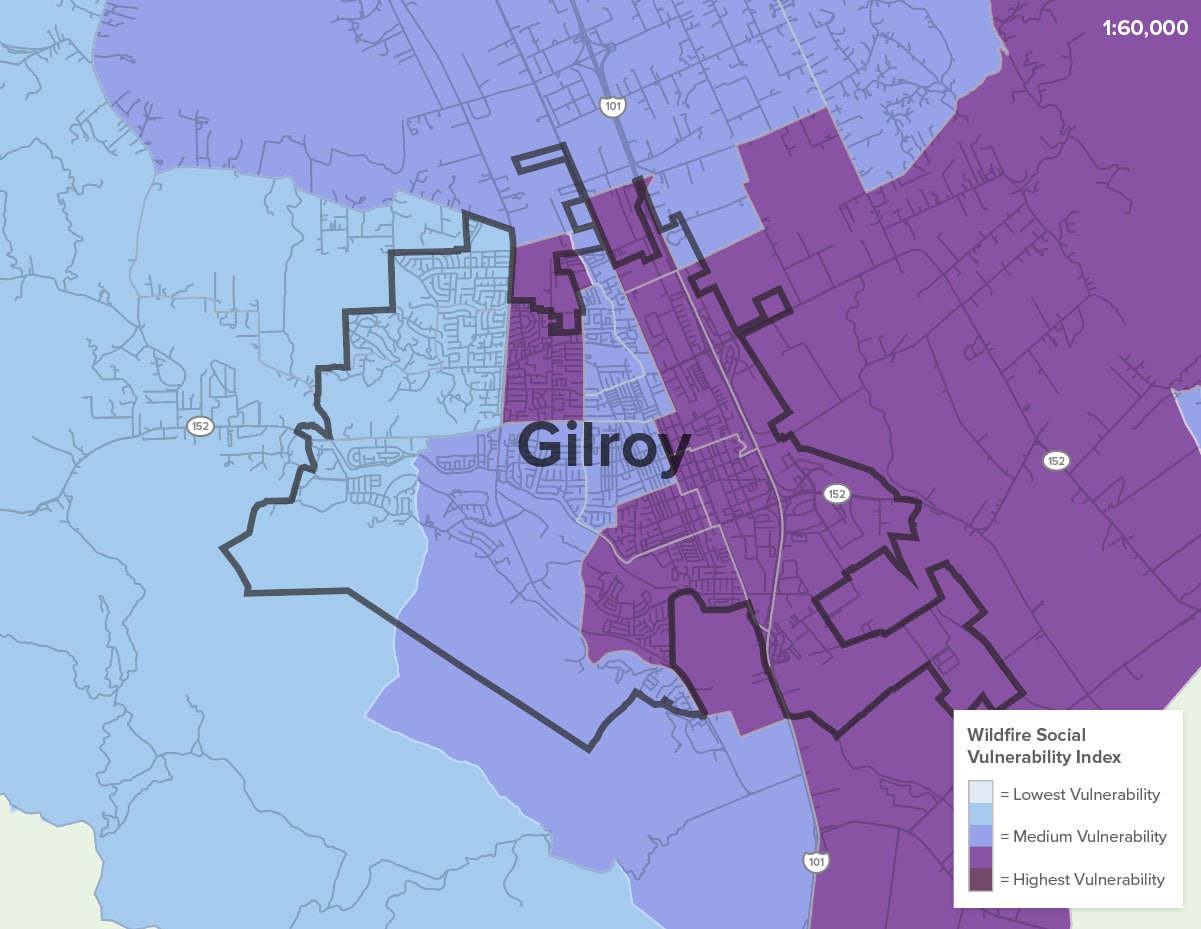
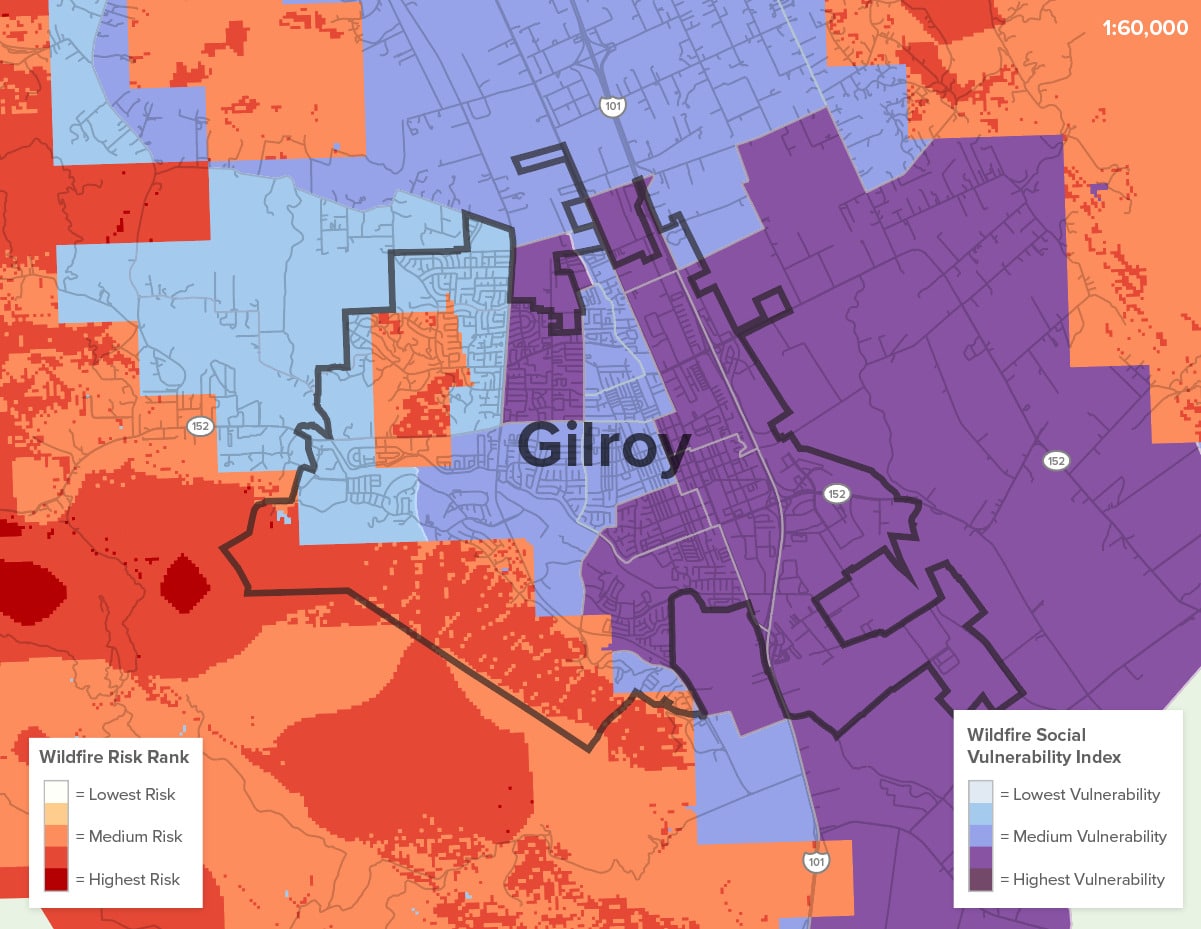
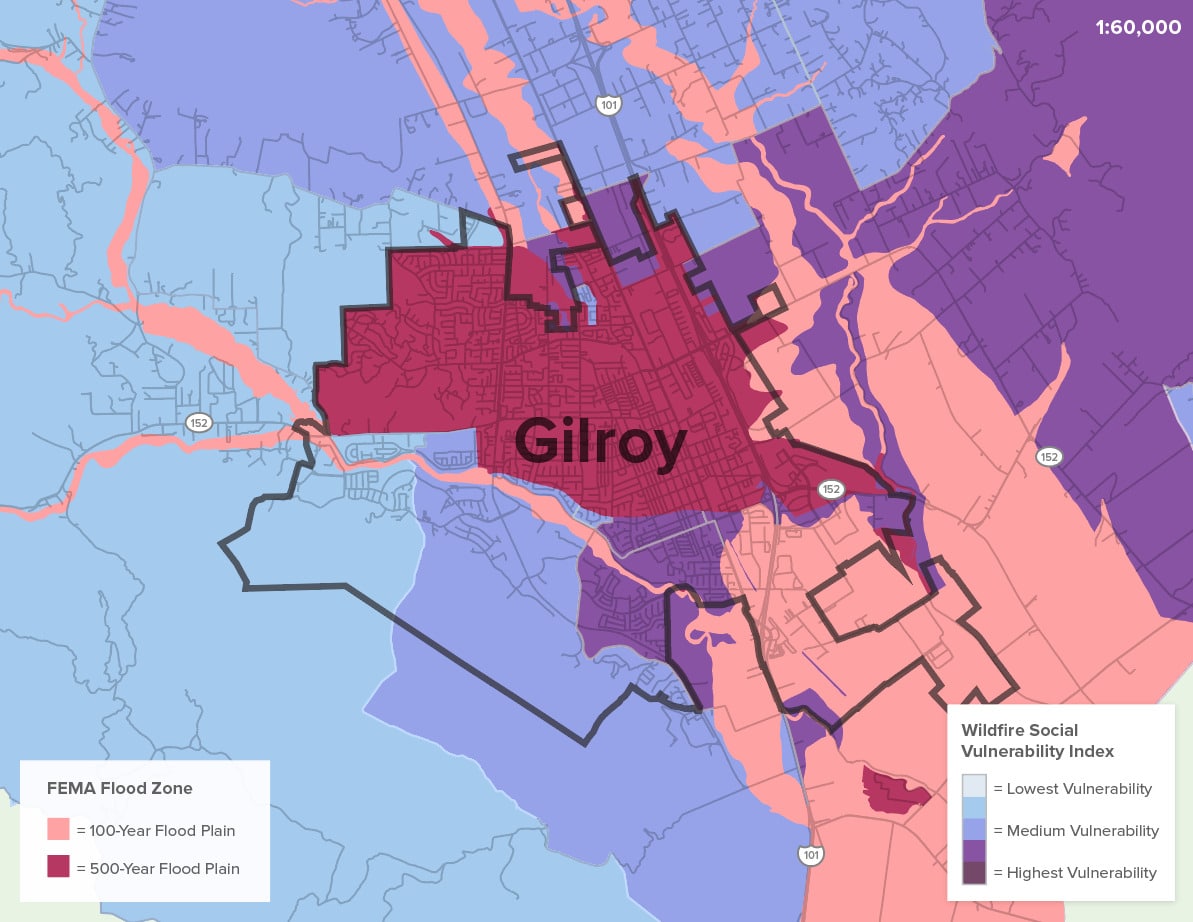
Gilroy’s Spanish-speaking communities are largely reliant on the agricultural industry. Changes in temperature, precipitation, and growing seasons can affect crop yields and livelihoods for farmers and those who are dependent on the agricultural economy.
Rising temperatures and heat waves have disproportionate health impacts on vulnerable populations like the elderly, the immunocompromised, unhoused individuals, and low-income people without access to cooling resources.
Additionally, wildfires can have severe impacts on public health and damage property and critical infrastructure, putting more pressure on already cost-burdened and housing-insecure residents.
Map Citations:
Greenbelt Alliance. “Wildfire Social Vulnerability Index.” 2022
Greenbelt Alliance. “Hotspots Fire Map.” 2022.
Federal Emergency Management Agency (FEMA). 2009. “National Flood Hazard Layer: Santa Clara County.” Accessed July 6, 2023. https://hazards-fema.maps.arcgis.com/apps/webappviewer/index.html?id=8b0adb51996444d4879338b5529aa9cd


